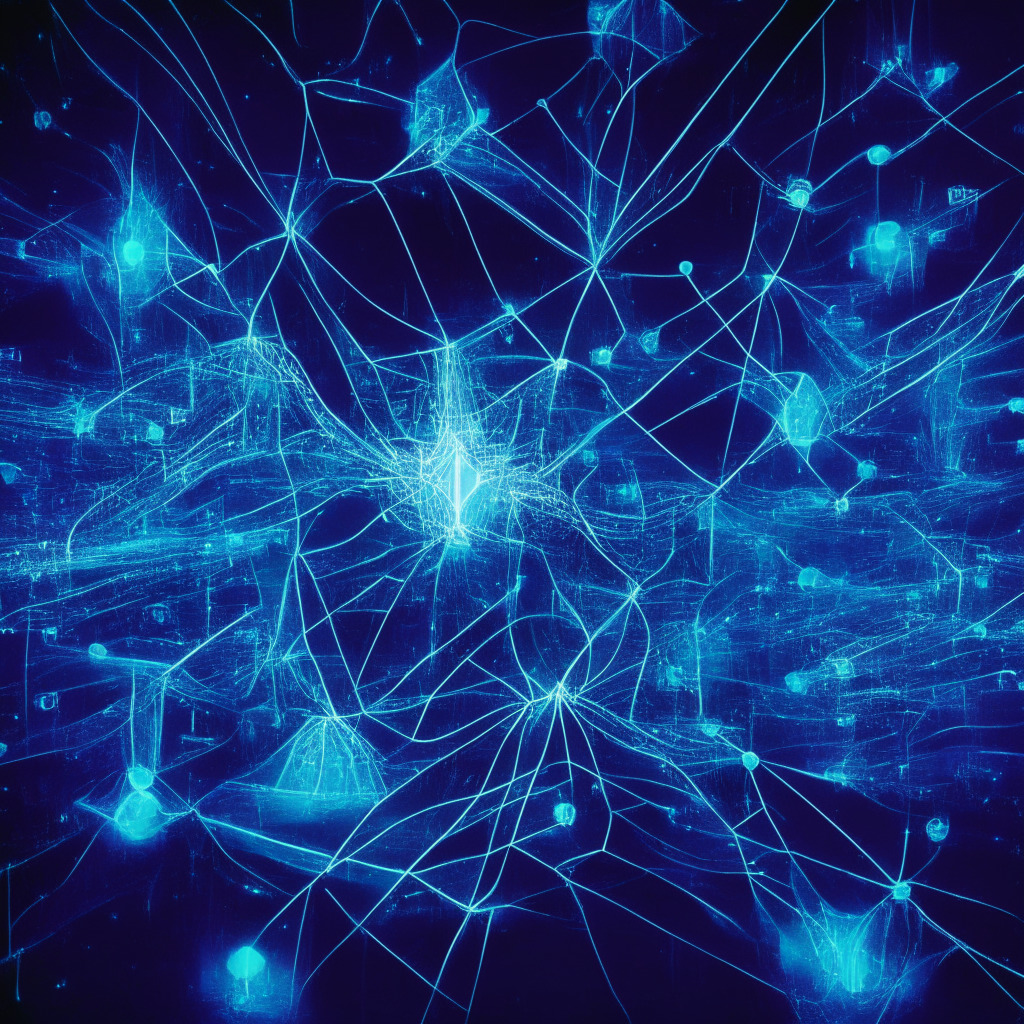The increasing prevalence of generative AI applications like ChatGPT and Stable Diffusion has ignited a potential economic revolution, as global management consulting firm McKinsey postulates the technology could contribute up to $4.4 trillion to the worldwide economy each year. This projection represents 15 to 40 percent of the entire economic impact of artificial intelligence (AI).
Generative AI, which centers on creating new content based on prior data, has surged in popularity with applications such as ChatGPT, Microsoft’s Copilot, and Stable Diffusion thanks to their wide range of use cases. Comprehensively, the technology could drive annual financial growth of $2.6 to $4.4 trillion across the 63 use cases examined by McKinsey. Industries such as banking, high tech, and life sciences could be prominently affected, as generative AI stands to revolutionize work output while enhancing individual productivity.
As AI’s potential continues to unfold, McKinsey suggests the technological advancements currently underway could ultimately automate 60 to 70 percent of work activities by employees. This percentage could evolve as fields like customer operations, marketing, sales, software development, and R&D are further impacted by generative AI. The banking sector may witness the generation of an additional $200 to $340 billion annually, while retailers could receive a similar boost of $400 to $660 billion a year.
Alongside this workforce transformation, concerns of job displacement loom large. Half of today’s work activities could be automated between 2030 and 2060, a notion that has stoked anxiety amongst many. However, professional services firm PricewaterhouseCoopers (PWC) sees a brighter future, estimating AI’s contribution to the global economy could potentially achieve $15.7 trillion by 2030. This large-scale shift from cryptocurrencies to AI technologies among investors suggests many are eyeing the significant potential generative AI possesses for businesses and society.
As the fusion of generative AI with other tech progresses, PWC projects business productivity may grow annually by 0.2 to 3.3 percentage points, striking a balance between risk management and worker transitions. By effectively addressing these areas, a more sustainable and inclusive world could be within reach.
In conclusion, while generative AI undoubtedly presents several exciting opportunities for various industries and businesses, it also brings with it potential risks to the workforce and questions surrounding how to best manage transitions for affected employees. The challenge will be striking a balance between leveraging the tremendous economic potential of AI while mitigating the pitfalls and uncertainties associated with such rapid technological advancements.
Source: Decrypt




